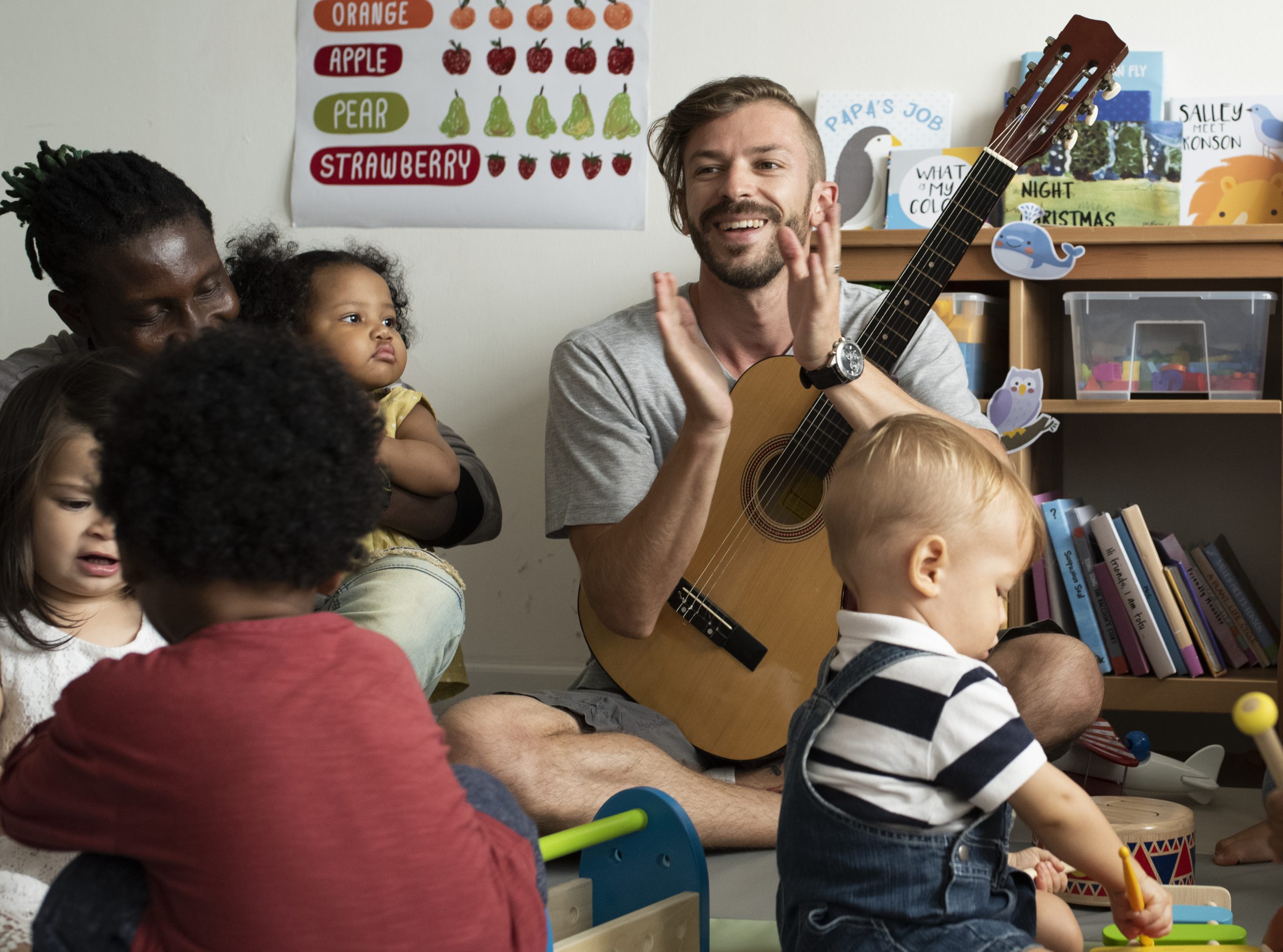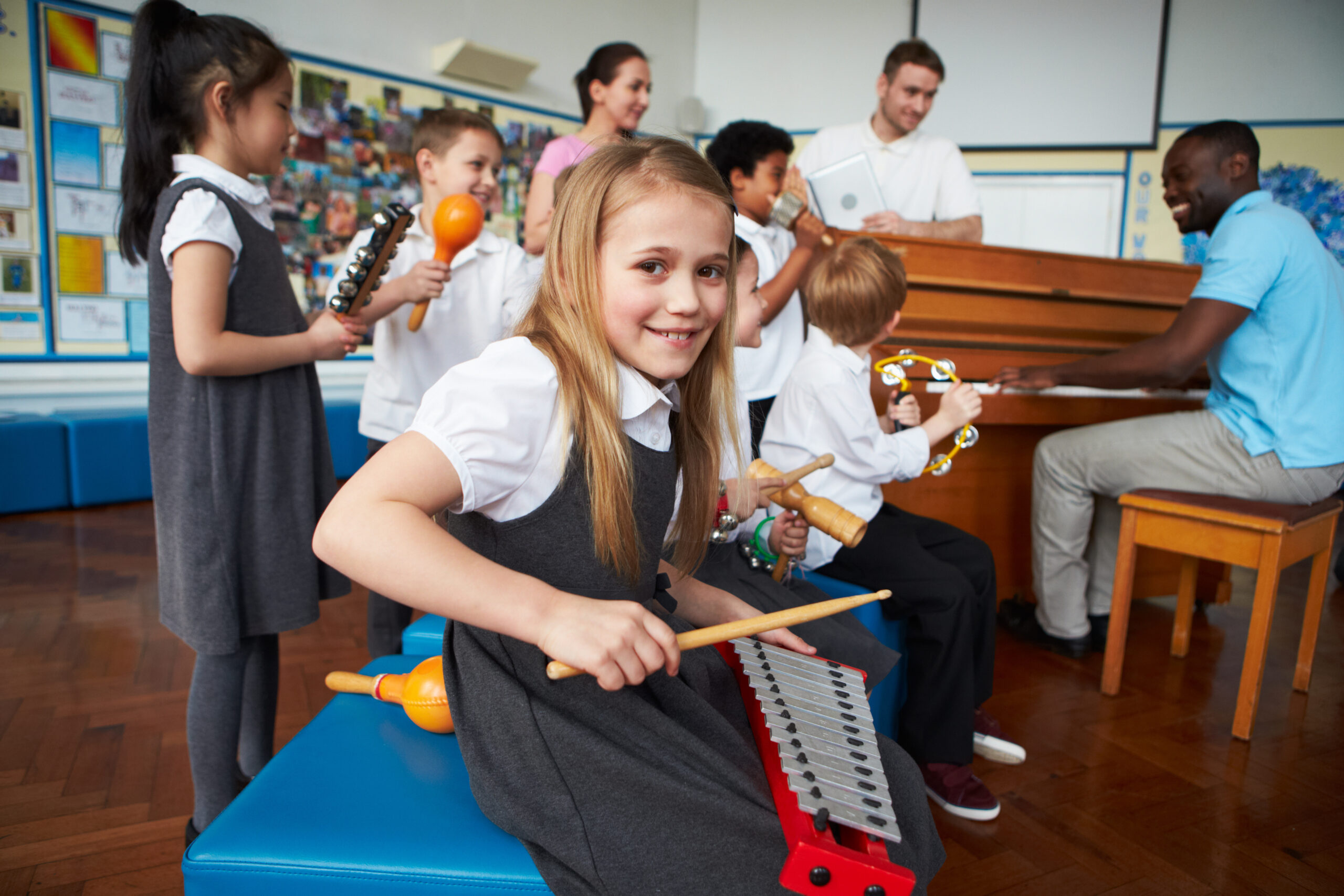
Debatable diversity
Whatever our differences may be, we will always share certain values, beliefs, aspirations… It is important that those inner convictions are not suppressed.
Allowing for misconceptions to be expressed, may help to avoid further misunderstandings. It is a basic concept that involves your students as well as their parents. Only through shared experiences, mutual understanding may increase.
e.g. A group discussion is always a nice set-up to explore shared values. Our overall aim is simple: we jointly decide what kind of group we want to be. Are we a team? Shall we decide on common goals? How do we go about those goals in a safe learning environment? Do we all allow each other to participate fully, while maintaining our authenticity?
Diversity is also about different views on diversity
However common shared values may seem at first sight, if you come to think of it, not that many are truly shared. When did you last have a personal conversation about your own inner convictions, regarding your basic set of personal values that really matter? What about your ethical standpoints and your view on religion? Is it fair to say that we seldom engage into deep digging conversation? We have been living in a material world long before that world was temporarily conquered by an eighties pop icon, reviving a forlorn name, but one of the most powerful icons in western religion. Talking background, is knowing that our idiosyncrasies are what make us human. Nationality, gender, sexual preferences, ethnic and language preferences are to be appreciated in their difference.
What makes an excellent coach? The built-in basic value should be never to discriminate. Students, parents and teachers should ideally adopt an inclusive attitude that values mutual respect.
e.g. Abina is a music teacher with Turkish roots. In a cross-cultural class, a Bach coral and its lyrics are interpreted by the students. One of the students is Zarifa, also of Turkish origin. She asks Abina, her teacher, whether she totally agrees with the lines of the coral. According to Zarifa, those lines do not comply with the Koran. Abina explains about the cross-cultural importance of Bach and his divinely inspired music. She elaborates on Bachs’ importance as the quintessential composer in western music history. She also stresses the role of the Koran as an instrument of faith but refrains from using that angle in the conversation.
Diversity as an asset
Once you accept diversity as a given asset and you try to gain an insight into what makes people special from that diversity point of view, you allow yourself to actually make a positive use of those features. In fact, diversity is not outside the curriculum, it should be an integrated part of it. Provided that we are willing to explore new ideas, without imposing one view, experiences such as Abina’s will be to the benefit of the entire group and lead to a better insight.
e.g. Mia is teaching a group in which different beliefs are represented. Her classroom calendar shows all the different religious holidays. This is a simple but very effective means to underline acceptance. It invites her participants to compare and notice any particularities. If there are celebrations connected, the link to the music that has been played and to bring that music into the classroom is of course obvious.
Stay connected locally
Your school or music academy is bound to have a strong connected with its city or municipal council. Everyone knows that your local visibility is both beneficial not only to that local authority, but also to the school itself. Events can be made appealing on the neighborhood and its inhabitants. Local businesses will show an interest and may be willing to pick up sponsorship. Show an interest in other neighborhood schools, sports clubs, youth clubs and any other social-cultural organizations that are locally active.
e.g. Bert is teaching bassoon and uses the common multipurpose hall. There is a school party coming up and Bert has decided to involve not only his music school colleagues but also the primary school. He teaches fifth graders a song about the different kinds of wind instruments. His own bassoon class students will then accompany their song. Once the school party gets going, it is to the surprise of the younger ones’ parents and to the joy of everyone present that they pull it off brilliantly.
World citizens in the making
Beyond your local community, there is a whole world out there, to be readily explored in a musical mix. Again, there are not only lots of music apps that would do the trick. There is always the obvious opportunity to use the unique classroom setting. Eventually, nothing beats actual conversation and a real live audience participating.
e.g. A world map and a box of pins and the idea to connect places “in a musical way”, that’s all you need. Your students will definitely surprise you. Everyone knows about sax being an eponym and where the instrument was invented. But how about the places where the tarogato is played, instead of the clarinet? What’s the history behind the grand piano? There are that many countries where people sing in Spanish, and all those versions of Spanish love to differ. Lots of musical comparisons to be made. All you need to do, is put up that world map.
Embrace ecology
Let’s hope that the future is bound to be ecological. Anyhow, small scale initiatives can make a difference and lots of small changes could make lots of difference. Ecology can also easily be brought into the classroom. Again, may be your students come with easy ideas that are willingly adopted.
e.g. Regularly reflect with your students with regard to their ecological musical needs. What ideas can be picked up or introduced at festivals? Are short chain catering solutions for instance, an idea that will appeal to every age group? Do different age groups think differently, of course they do… Where will people connect? There is only one way to find out and that’s to make those topics classroom debatable.
Did you find this resource useful?
Create an account to bookmark this article!
Read more about
Related articles
All posts- age
- ambition
- awareness
- chord symbol
- class practice
- classroom environment
- co-teaching
- collaboration
- composing
- context
- creativity
- cross-cultural
- cultural reflection
- customs and traditions
- developmental disabilities
- differentiation
- diversity
- exercise
- games
- gender
- genre
- group lesson
- improvisation
- individual lesson
- keyboard harmony
- language
- learning achievements
- learning disabilities
- learning environment
- life-long learning
- ludodidactics
- motivation
- music theory
- musical
- peers
- piano
- play
- playfulness
- poverty
- practical
- reflection
- remediation
- role play
- school organization
- self-study
- social context
- special needs
- stereotyping
- talent
- teacher
- teacher skills
- theoretical
- video
- wellbeing





